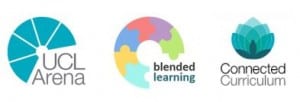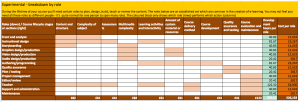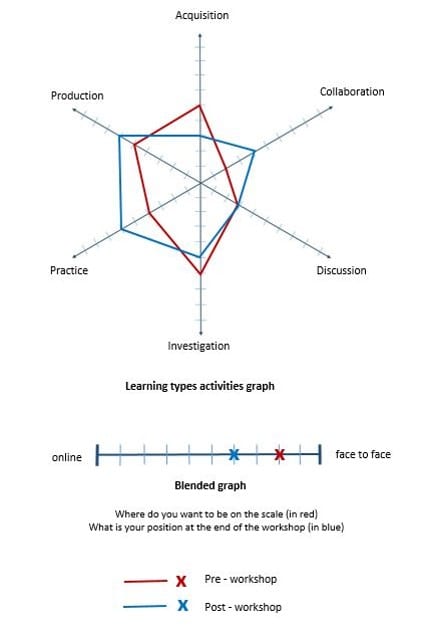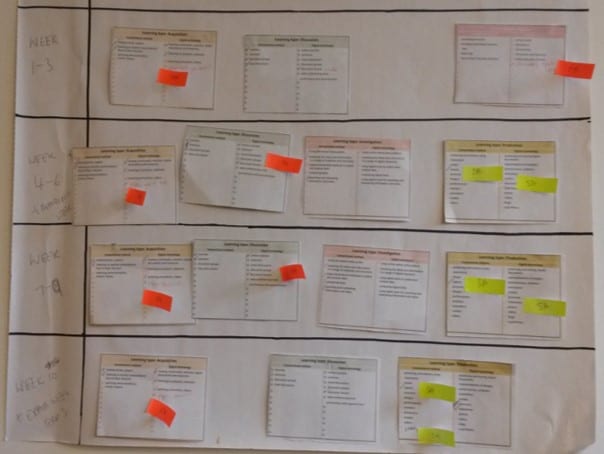
Based on a Christmas conversation about the etymology of emotion (e- = out, motion = move) my mum blurted out, “ah yes, like e-learning?” I wish! The idea of an externalised expression of one’s own learning, a variant on ‘visible learning’ as a colleague would put it, sounds like a no-brainer. I fear, however, that I must have either never clearly explained what e-learning means to my own mother and perhaps I’ve never really thought about it that much myself.
Electronic-learning
I presume e-learning meant the same as email, but evidence suggests it might not be. Electronic-learning, mail, commerce or cigarettes are not necessarily using the same e-concatenation. Wikipedia didn’t have the origin or etymology of e-learning, so in true journalistic style, I added the following:
“The origin or etymology of e-learning is contested, with the e- part not necessarily meaning electronic as per e-mail or e-commerce. Coined between 1997 and 1999, e-learning became first attached to either a distance learning service or it was used for the first time at the CBT systems seminar. Since then the term has been used extensively to describe the use of online, personalised, interactive or virtual education.”
Others in the educational technology space have suggested more expressive terms for the mysterious e-. These include “exciting, energetic, enthusiastic, emotional, extended, excellent, educational” by Bernard Luskin or “everything, everyone, engaging, easy” by Eric Parks. If there’s no correct answer, we should enjoy that for as long as it lasts. There’s roots into historical computing and educational theory, but the term e-learning doesn’t even seem that old, which is surprising.
Externalising learning
In my experience; too much ‘e-learning’ is still long, scrolling pages of PDFs ad infinitum, raw materials made available via online tools and networks. If it’s supporting traditional face to face, I can live with it. But it’s not learning, not without well-constructed, meaningful learning outcomes and activities. Learning outcomes are critical, they link these resources into genuine learning activities that ‘make visible’ or indeed, put an ‘out’ type of e- into e-learning.
In an online learning environment how do you, or a learner, know anyone has learnt, or done, anything? Externalised learning is surely the key. The idea of ‘making visible’ is critically important, learners should probably not work in isolation for too long. Personal study can still be highly interactive, and have ample opportunities to externalise thoughts, developments, questions, ideas etc. This is all done via the ‘out’, the externalised visible learning.
Getting there – the importance of learning outcomes
I’ve seen far too many course descriptions where the learning outcome is to ‘To be able to understand concept X’. Below is an example of how learning outcomes can vary, while all trying to achieve the same goal.
Example
By the end of this program, successful students will:
| |
Learning Outcome |
Analysis |
| Option 1: Not an outcome |
Be given opportunities to learn effective communication skills |
Describes program content, not the attributes of successful students |
| Option 2: Vague |
Have a deeper appreciation for good communication practices |
Does not start with an action verb or define the level of learning; subject of learning has no context and is not specific |
| Option 3: Less vague |
Understand principles of effective communication |
Starts with an action verb, but does not define the level of learning; subject of learning is still too vague for assessment |
| Option 4: Specific |
Communicate effectively in a professional environment through technical reports and presentations |
Starts with an action verb that defines the level of learning; provides context to ensure the outcome is specific and measurable |
Source – Examples of Learning Outcomes: Good and Bad
I’m always so happy when I see one that even includes a challenging verb like analyse, classify, interpret, define, create or evaluate and more, more, more, more, etc.
Writing good outcomes – the foundations of learning
Writing good learning outcomes still seems like a continuous struggle, but it will be cracked. It will then result in improved online learning environments, structured learning, planned activities and more visible ‘out’ for the e- in e-learning. Or, well, that’s the plan.
It’s in your Job Description
Hopefully by next Christmas I’ll be able to explain to my mother what I do for a living, but she still thinks I work in IT. Which reminds me, I don’t think I finished updating her virus definitions either
🙁
Image credit:
[1] – Out of my mind 2 – Creative Commons openclipart / Creator: mondspeer
 Close
Close



















